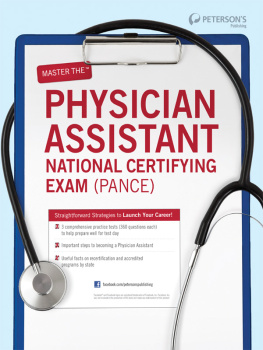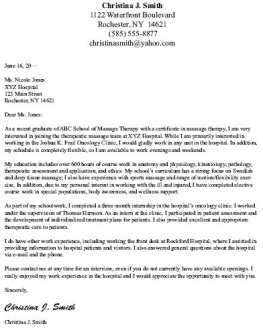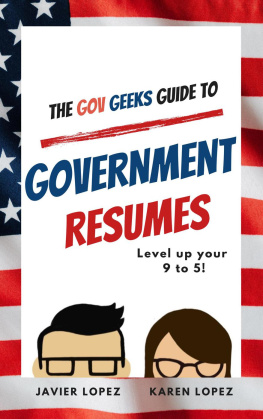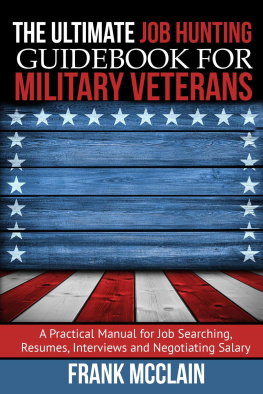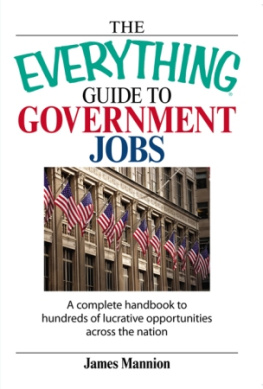Chapter 1: The U.S. Government in Review
OVERVIEW
The U.S. government is the nations largest employer. About one in every six employed people in the United States is in some form of civilian government service. State and local governments employ five out of six public service workers; the remainder work for the federal government.
Over the next several years, the federal government projects that it will hire an additional 193,000 employees, primarily in five mission critical fields:

| Security, protection, compliance, and enforcement |

| Medical and public health |

| Accounting, budget, and business |

| Engineering and sciences |

| Program management/analysis and administration |
These positions encompass myriad professional fields and will be filled by government agencies across the United States and throughout the world.
WHERE THE JOBS ARE: FEDERAL CIVILIAN EMPLOYMENT
The federal government employs nearly 3 million civilian workers in the United States on a full-time basis, including postal employees. Although most federal departments and agencies are headquartered in the Washington, D.C., area, nine out of ten federal jobs are located outside the nations capital.
Although many government employees work in large citiesfor example, Norfolk- Virginia Beach, VA; Baltimore, MD; and Philadelphia, PA, have the highest number of federal workerssome federal employees work in small towns or in remote, isolated places such as lighthouses and forest ranger stations. And federal jobs exist around the world. In fact, approximately 90,000 federal employees work outside the United States, mostly in embassies or defense installations.
Many federal occupations parallel those in the private sector, including accounting, computer programming, and health care. Other types of employment opportunities are unique to the federal government, such as regulatory inspectors, Foreign Service officers, and Internal Revenue agents. More than 100 agencies and bureaus exist within the federal government, and each has specific employment needs.
Although numerous opportunities are available within the executive, legislative, and judicial branches of the federal government, the executive branch employs the majority of federal workers. Composed of the Office of the President, the cabinet departments, and about 100 independent agencies, commissions, and boards, the executive branch is responsible for a wide range of activities: It administers federal laws, conducts international relations, conserves natural resources, treats and rehabilitates disabled veterans, delivers the mail, conducts scientific research, maintains the flow of supplies to the Armed Forces, and oversees programs to promote the health and welfare of the people of the United States.
The Department of Defense, which includes the Army, Navy, Air Force, Marine Corps, and noncombat agencies such as the National Security Agency and the Defense Intelligence Agency, is the largest department within the executive branch. It employs about 35 percent of all civilian workers. Another 25 percent of federal workers are employed by the U.S. Postal Service, an independent agency. Other federal jobs are distributed among other departments, including the Department of Veterans Affairs, the Department of Homeland Security (DHS), and the Department of the Treasury.
Sixty-five agencies within the executive branch operate independently and do not fall under the jurisdiction of the larger departments. They include the Central Intelligence Agency (CIA), the Federal Communications Commission (FCC), the Federal Trade Commission (FTC), the Social Security Administration, the National Aeronautics and Space Administration (NASA), and the Environmental Protection Agency (EPA). Although these agencies account for fewer than 200,000 federal jobs, its a good idea to keep them in mind when searching for public service employment.
Federal civilian employment is also available in the legislative branch of the federal government. This branch includes Congress, the Government Printing Office, the General Accounting Office, and the Library of Congress. The judicial branch, the smallest federal government employer, hires people for jobs within the U.S. court system.
White-Collar Government Occupations
Because of its wide range of responsibilities, the federal government employs white-collar workers in many occupational fields. (White-collar is an informal term that describes both salaried professionals and educated workers who perform semiprofessional tasks in office, administrative, and sales settings.) White-collar jobs account for about 90 percent of all federal civilian jobs. As the United States continues to shift from a manufacturing to a knowledge-based economy, the need will increase for professional workers with technical expertise and those with superb reasoning, communication, collaboration, and problem-solving skills. Government professional fields with the highest projected number of new hires through 2016 include information technology (IT), mathematics, health care, education, and library science.
Management, Business, and Finance
According to the Bureau of Labor Statistics (BLS), one-third of all federal employees work in management, business, and finance. Upper-level managers are responsible for directing the activities of government agencies, while midlevel managers supervise various programs and projects. Because they are responsible for overseeing the executive branch, senators and legislators are also categorized as white-collar management.
The General Accounting Office (GAO), Internal Revenue Service (IRS), and the Department of the Treasury employ accounting experts and budget administrators, and the demand for workers in this field is expected to increase significantly to include more than 20,000 new hires in the next few years. Accountants and auditors analyze financial reports and investigate government spending and inefficiencies. Additional business experts work in purchasing, cataloging, storage, and supply distributionoften on a large scale, given the size of the federal government. Most of these jobs are in the Department of Defense, and they include managerial and administrative positions, such as supply management officers, purchasing officers, and inventory management specialists, as well as large numbers of specialized clerical positions.
Professionals
About one-third of white-collar federal workers are categorized as professional workers, including lawyers, doctors, computer experts, scientists, and engineers. The majority of employees in this group work in the life sciences, physical sciences, and social sciences. For example, biologists determine the effectiveness of new medications, geologists predict hurricanes, and forest technicians help prevent forest fires in national parks.
The federal governmentmostly in the Departments of Agriculture and the Interior employs about 50,000 biological and agricultural science workers. Many of these employees work in forestry and soil conservation; others administer farm assistance programs. The Departments of Defense, Commerce, and the Interior typically employ physical scientists. Chemists, physicists, meteorologists, and cartographers can find work within the federal government, as can physical science technicians, meteorological technicians, and cartography technicians. Federal job opportunities for engineers and scientists will continue to expand over the next few years, with more than 17,000 new hires. Prospects for IT specialists are also expected to rise, with more than 11,000 new hires projected over the next 10 years.


